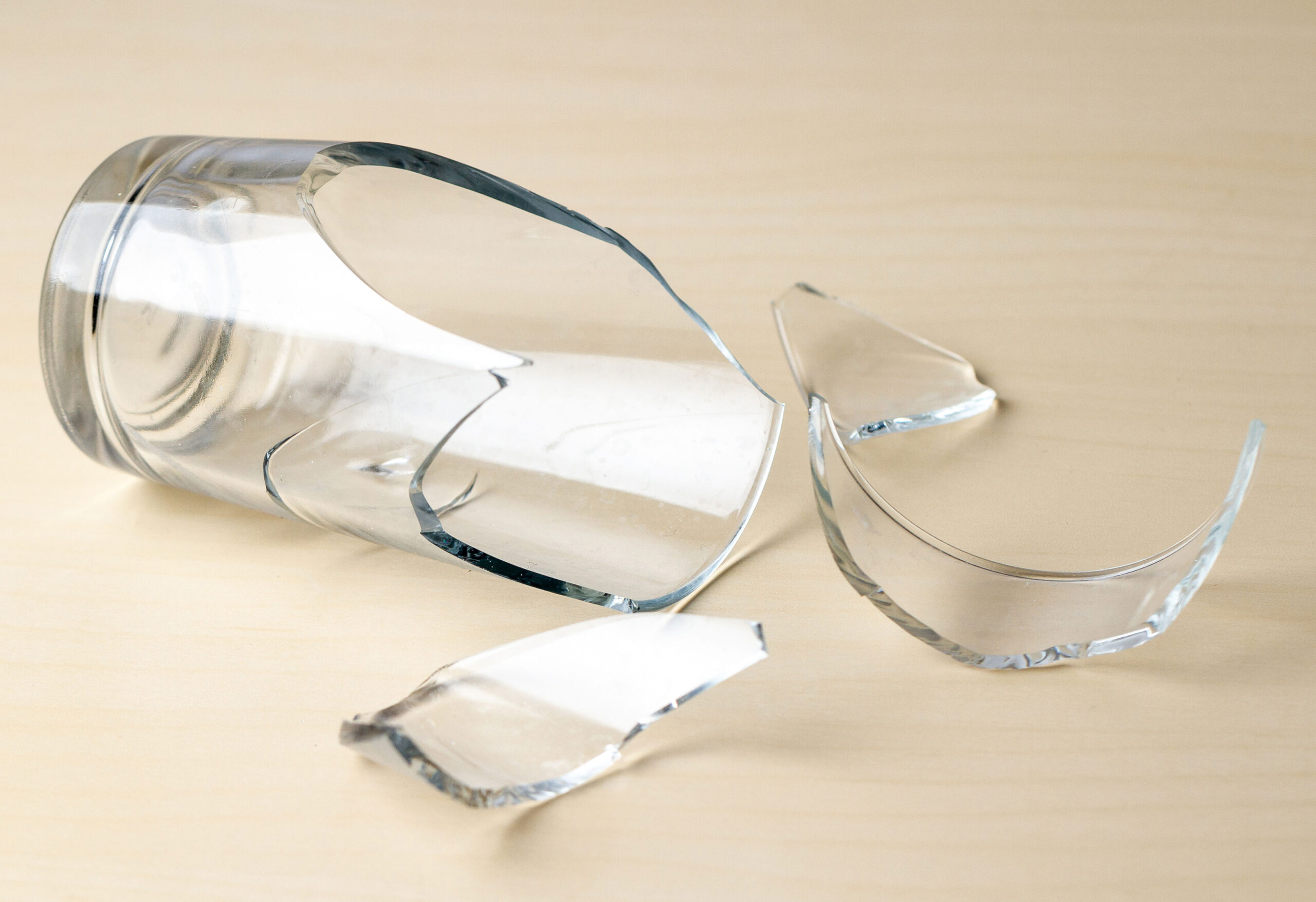In 2020, its estimated that 87% of households made online purchases. This means that there are more parcels being delivered in the UK than ever before, making packaging a critical commodity for businesses who retail online. But what if that packaging is failing?
Damages are a huge cost to retailers and consumers alike. In fact, the IMRG estimate 0.3% of all parcels are lost or damaged in transit – which is over 9.4m packs each year. Financial losses caused by damaged product cost the industry millions each year, and it’s not just the physical cost you need to consider…
Internet and omni-channel retailers are at the mercy of their customers and their ever-growing expectations. A poor delivery experience can result in loss of goodwill and repeat sales, especially when you consider that a parcel (and the packaging) is a consumer’s first physical interaction with a brand.
Then there’s the environmental cost. Every time a product is damaged the carbon cost of a transaction at least doubles and possibly even triples when you factor in the additional packaging and transport required to deal with reverse and replacement goods.
So how can you tackle damages?
Understand damage touch points
To get a real picture of the impact damages could be having on your business, you first need to consider all your damage touchpoints. These include:
- The value of the item(s) damaged
- Associated fines (e.g. courier or marketplace fines)
- Labour & processing costs / time expenditure
- Transport costs & emissions
Taking stock of these factors can give you an idea of what damages are truly costing your company.
Common packaging pitfalls that can lead to damages
After understanding the cost of your damages and returns, reviewing your packaging is your next stop. There are common packaging pitfalls that can lead to product getting damaged in transit. Keep an eye out for:
- Not enough or inappropriate protective material being used – fluctuations in packing or inconsistent packing materials can mean items are more prone to damage. Less protection can often equal more damage but there’s a fine line – you don’t want to use excess packaging either, which can be wasteful
- Too much space in a box – if you’re packing product and leaving space unfilled space in a box, your products can move around during transit. In-box movement means that your goods can more easily be damaged as they could hit pressure points or be prone to being crushed
- Inconsistent packing processes – if your team of packers all pack products differently or use different materials there are going to be different levels of protection across all the packs you dispatch. Putting packing guidelines in place that maintain consistency will help you control damages more effectively (as well as lower waste and improve pack appearance)
- Compromised packaging quality – where and how you store your packaging could impact the way it performs, and in turn impact damages. Don’t risk using any packaging that’s got wet or kept in very humid environments. Making sure your packaging is kept in a clean and dry environment will help make sure if performs like its meant to and protect your products
The impact of the right packaging
Ultimately, packaging that’s optimised can have a significant impact on successful delivery of goods. When packaging is designed and used properly it can help you protect your products and your brand, as well as reduce your costs.
The right packaging solution will also help you lower emissions associated with product damage and help you leverage customer loyalty too, as you’ll be creating an experience that meets or exceeds expectations.
For help perfecting your packaging, email contact@networkpack.co.uk and request an appointment with one of our experts.













